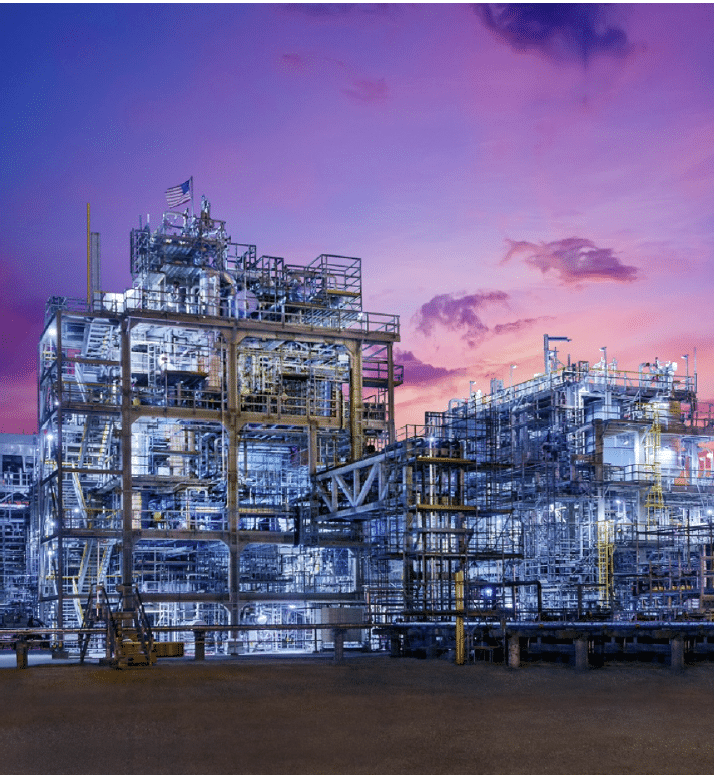
The energy that moves us

Energy
Pioneering Clean Energy Solutions
We recognize the urgent need for clean and sustainable energy sources, so we embarked on a mission to lead the energy transition. Our investments in synthetic new fuel options and hydrogen plants in the United States were at the forefront of this effort. After more than 5 years of doing research in the green and blue hydrogen fields, we believe that innovation is the key to reducing all-over carbon emissions and addressing climate change.
Synthetic fuels, produced through advanced technologies, offer a path to decarbonize transportation and industry. Berkley’s investments in synthetic fuel research and production are aimed at reducing all-over carbon emissions from conventional fuels and accelerating the transition to cleaner energy alternatives.
LNG is considered a cleaner-burning fuel compared to other fossil fuels like coal and oil. It produces lower emissions of greenhouse gases and air pollutants when used for electricity generation, heating, and transportation, making it an important transition fuel as the world moves toward cleaner energy sources.

The bridge to the future
WE BELIEVE IN BLUE
BUT EMBRACE GREEN
The transition to a 100% green, energy-fueled world is one of our priorities. It is a long-term goal that we’re committed to achieving. But we are also realistic. Green hydrogen’s financial sustainability will take several decades, so the commitment to change is critical during this transition period. The use of blue hydrogen can help bridge the gap between our current energy systems and a fully green energy future. Capturing up to 98% of emissions with blue hydrogen can make a substantial difference in reducing the environmental impact when compared to conventional fossil fuels.
Blue hydrogen is produced from natural gas, but the carbon emissions generated in the process are captured and stored using carbon capture and storage (CCS) technologies. This approach significantly reduces the carbon footprint compared to traditional natural gas use. It’s an interim solution until green hydrogen becomes more economically viable.
It’s essential to continue investing in research and development to make green hydrogen more economically competitive. This includes advancements in renewable energy technologies, electrolysis processes, and infrastructure development. The combination of green and blue hydrogen, along with other renewable energy sources, will play a vital role in reducing carbon emissions and achieving a more sustainable and environmentally friendly energy future.
At Berkley, we’ve been doing research for more than 5 years in the energy field with the objective of mitigating risks, and we are proud to say that we are one of the biggest investors in green and blue energy in the world. Our partnership with Phoenix One and Sparta II reflects our commitment to the environment and, ultimately, our responsibility to the people.
To foster societal change, we aim to drive the growth of an economically sustainable blue and green hydrogen economy.